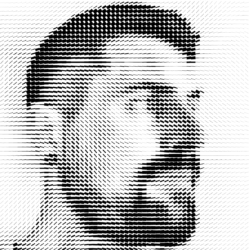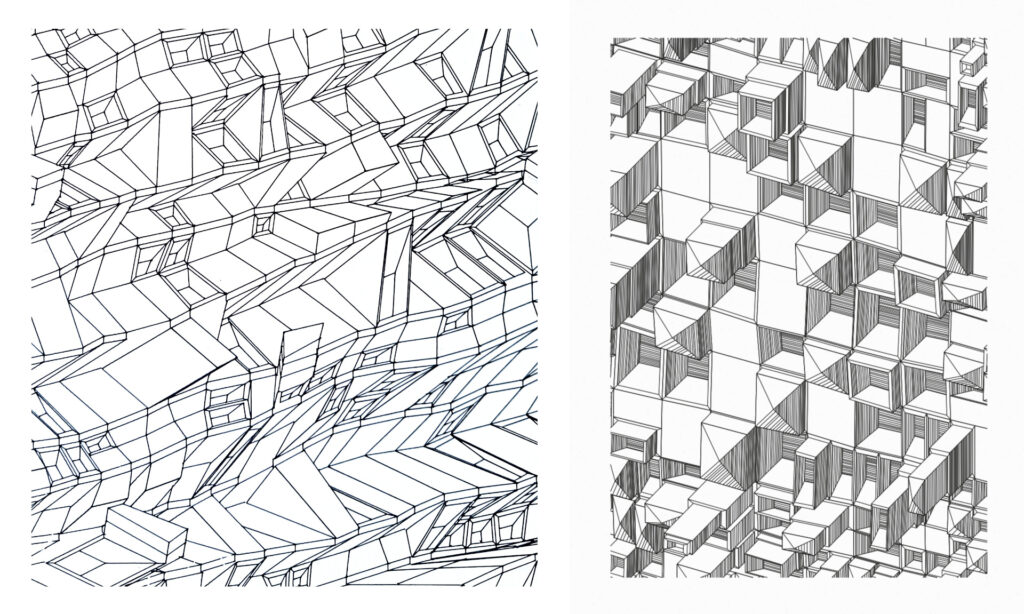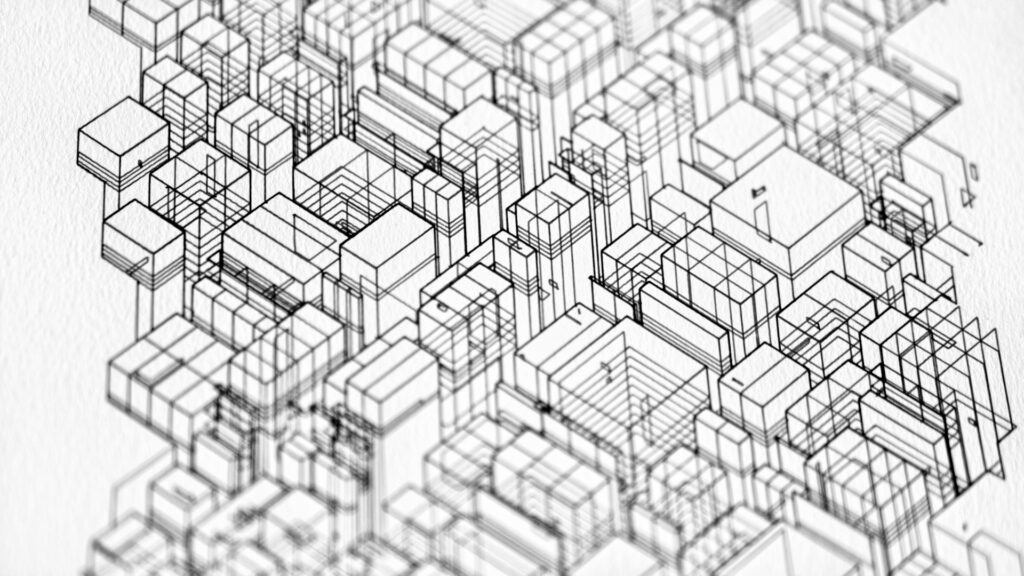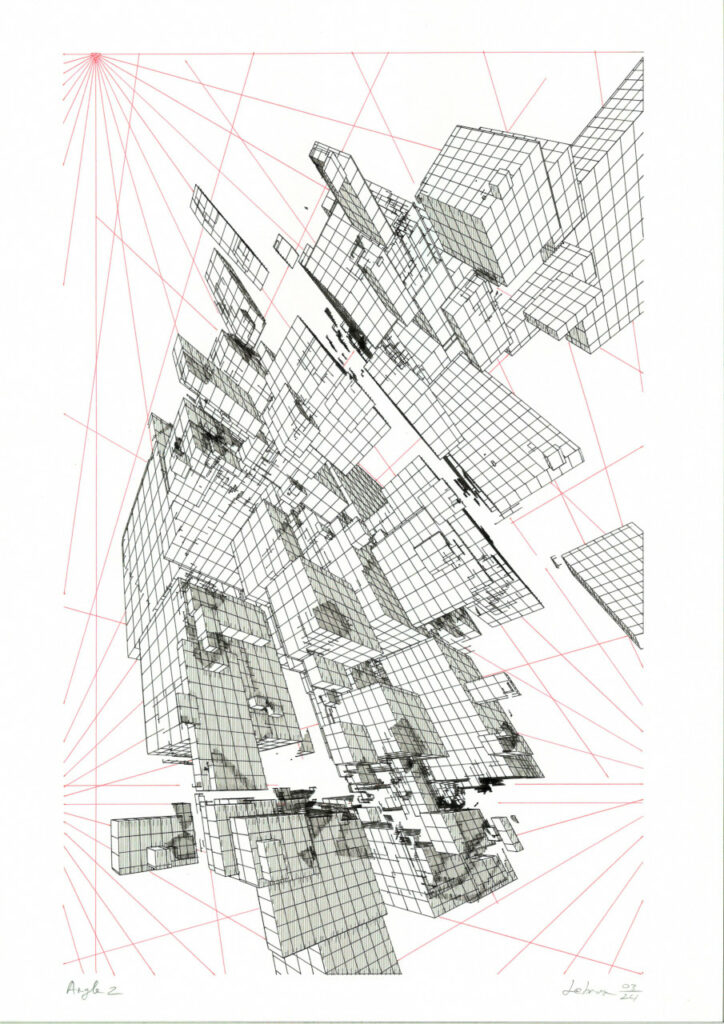Biography
Nicolas Lebrun was born in Carpentras (France) in 1985, and is a graduate of the Ecole des Beaux-arts in Montpellier, where he has lived and worked ever since.
From 2009 to 2015, his practice focused on interactive installations, questioning the nature, materiality and sometimes even authorship of the work. These reflections lead him to rethink the place of the aesthetic experience; where does the work/spectator relationship take place?
His work is now evolving through series based essentially on the use of a creative protocol. His series are protean, digital/global, physical/local or both, demonstrating the importance of protocol in enabling a program to exist as an autonomous creation accessible to all.
Among these series, certain projects raise questions about human perception of space. How can we convey the illusion of depth on a two-dimensional plane? These series are essentially based on representation techniques, different perspectives and the practice of drawing as a means of researching forms to be experimented with later in a program.
What kind of shapes can give the illusion of a solid or hollow surface?
How can we give these drawings a modular aspect, on which the series will be based (through random variations)?
In this exploration, we find recurring shapes: cubes leaning against each other, evocative of Suprematist compositions, wired renderings belonging to a retro aesthetic, and tangles of polygons. In reality, this lexicon of shapes is quite limited, as each project involves reinventing a new way of altering these objects.
Each project is thus conceived as a system, with an initial state and a process that modifies this state to stop and freeze the composition. These changes take on an ambivalent aspect: they alter to build or destroy the composition, and sometimes by destroying, they build something new.
I have, for about twenty years, produced with great obstinacy systematic works whose line of conduct has been to reduce my arbitrary decisions to a minimum. In order to limit my sensitivity as an ‘Artist’ I have suppressed composition, removed all interest in execution, and rigorously applied simple and obvious systems which can develop, either through actual chance or through the participation of the viewer.
– François Morellet, Du spectateur au spectateur ou l’art de déballer son pique-nique, 1971.



